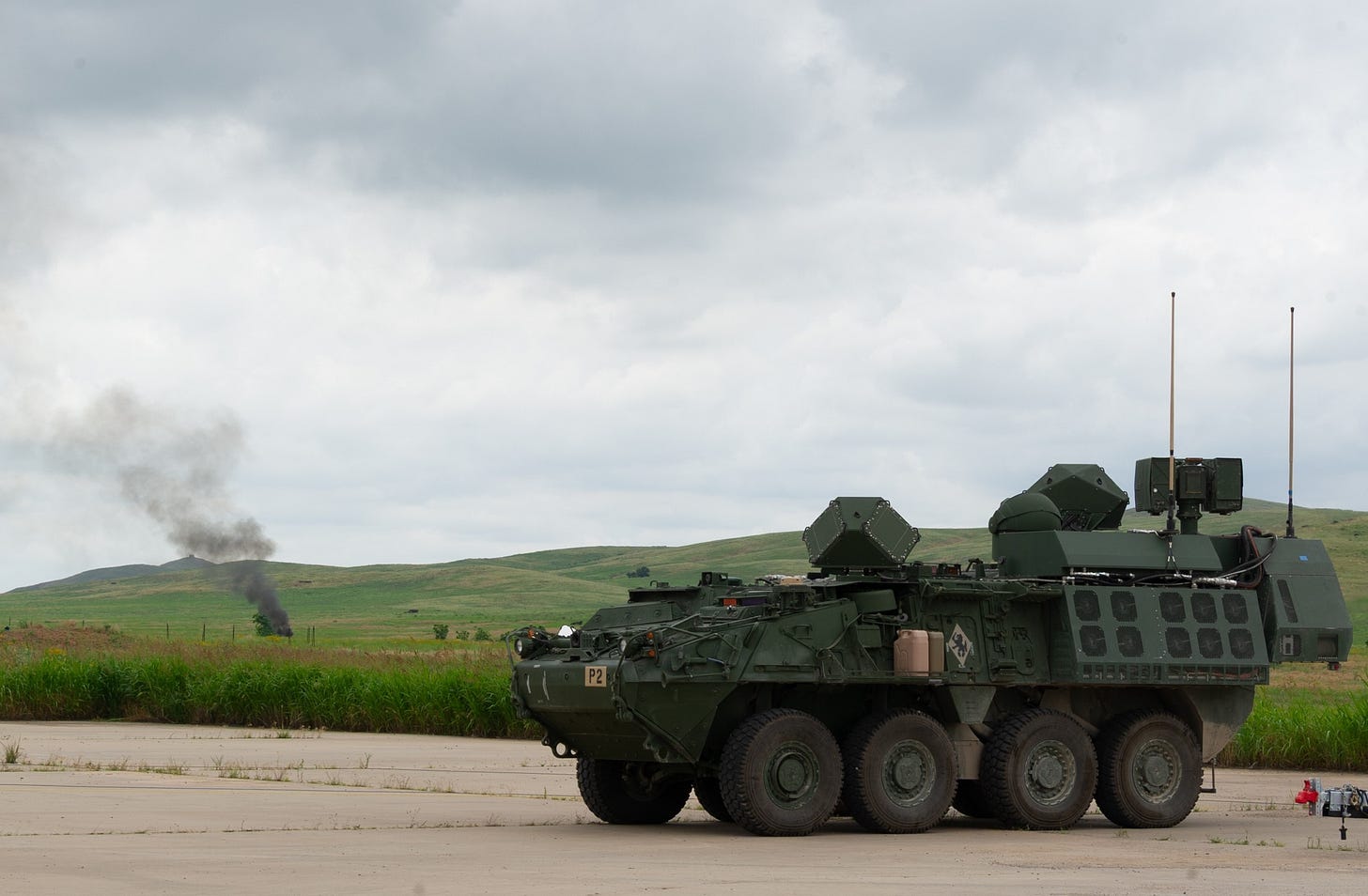The Army Wants an ‘Enduring’ Laser Weapon To Zap Drones Out of the Sky
The Enduring High Energy Laser is a new attempt at a vehicle-mounted laser weapon system.

The US Army plans on procuring a pair of new vehicle-mounted laser weapons under a new program to shoot down incoming drones and missiles as its current flagship syste…



